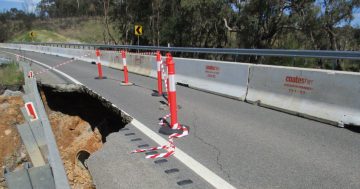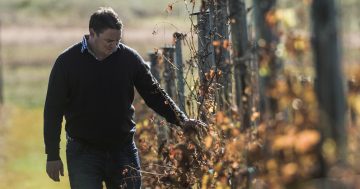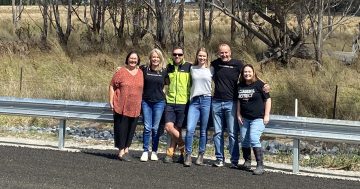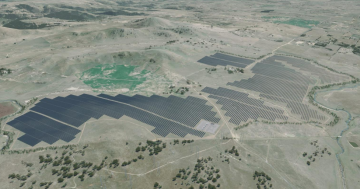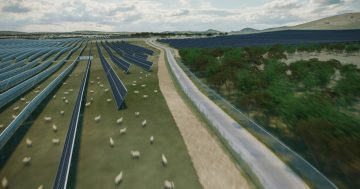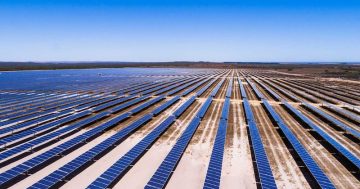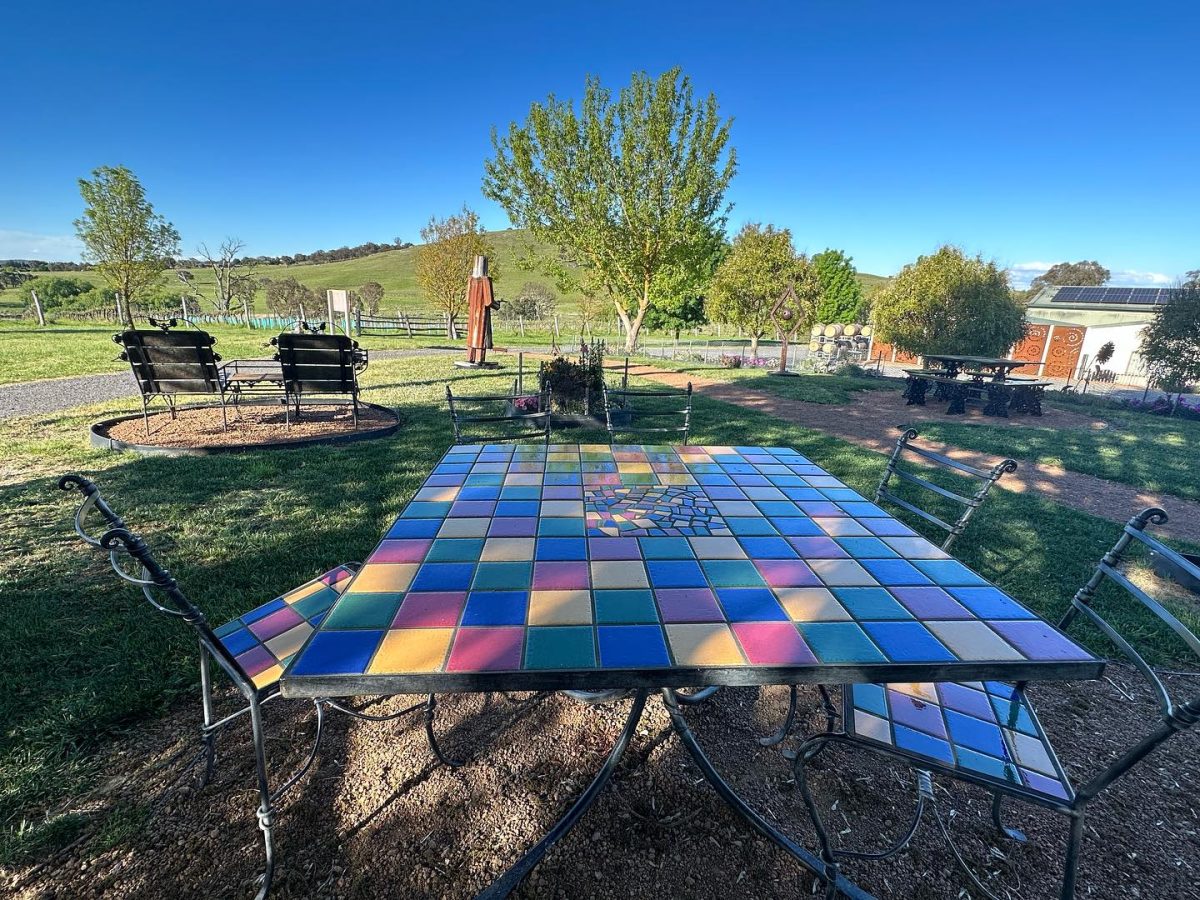
The owner of Dionysus Winery is concerned about a battery energy power station being built next to her. Photo: Facebook.
Murrumbateman residents are concerned about the potential noise and fire risks of a battery storage power station proposed for installation near wineries and homes, claiming Yass Valley Council has not properly consulted with them.
Renewable energy developer ACEnergy submitted a development application (DA) to the council to construct a 5000 sqm fenced-off facility with ten lithium batteries on vacant land at 3 Turton Place, which is next to tourism business Dionysus Winery and Woo Chocolate. The proposed development would store electrical energy.
Fire risk and noise concerns
A bushfire management plan attached to the DA says the project has a “high” risk of “fire impacting the subject site and assets” and “physical impact on persons or loss of life” – risks that can be reduced to “medium” if protection measurements are implemented. The plan also recommends the site be shut during days of extreme or catastrophic fire danger, noting the risk of “grassland fires impacting the site or spreading from the site”.
This has alarmed nearby residents, who questioned whether this project is similar to the Telsa battery facility near Rockhampton, Queensland which caught fire in October 2023, resulting in reports of loud bangs, toxic smoke and multicoloured flames.
Concerns have also been expressed about the prospect of living next to a constant droning noise for the next 30 years, vibration and the devaluing of properties.
Call for more consultation and plain English information
Yass Valley Council did not publicise this DA on their social media or provide any public consultation sessions on the project, but attached 10 PDF documents related to the DA on the planning and building section of its website, giving residents 14 days to make a submission.
“Given the complexity of this project, I found it not anywhere near sufficient time to respond,” Dionysus Winery owner Wendy O’Dea said.
The council initially gave residents until Tuesday 16 July to provide feedback, but after Region contacted it to question the short timeframe, the submission deadline was extended to Sunday 21 July.
Ms O’Dea said an extra five days wouldn’t help.
“I’ve looked at all the documents but I don’t understand any of them. I’ve spent a couple of hours, but I have a business to run; I’d need to a get an engineering degree to understand it,” she said.
Region applied an online readability tool to extracts of the DA – it was given a low D rating, meaning it was “very difficult” for the average person to understand.
There is no summary of the project on council’s website and no information at all about it on ACEnergy’s website.
“I just want someone to explain to me, in plain English, what this project is going to look like and how is it going to impact my business,” Ms O’Dea said.
“I want simple metaphors, like will the noise be like a bumblebee or a chainsaw.”

The ACEnergy plan included with the DA. Photo: Supplied.
When phoned by Region, Yass Valley Council CEO Chris Berry said he was not aware of this particular project off the top of his head, as council was dealing with multiple DAs.
A council spokeswoman said it was up to ACEnergy to explain the DA to residents. She also said the council would consider the bushfire risk and noise concerns when deciding whether to approve the DA.
ACEnergy responds to concerns
ACEnergy project development officer Hamish Doncaster says his company is happy to provide more details.
“All of the information submitted for the DA is publicly available on the council website,” he said.
“A letter was sent out to all residents within a kilometre radius, who can reach out and contact us.
“For a project this small, there’s not generally an open community consultation session.”
Region asked Mr Doncaster if this battery facility was the same as the Telsa one near Rockhampton that caught fire last year.
“It is a battery development which is similar, but it is different technology within the batteries,” he said.
“The technology has advanced since then a lot, as have Australia’s standards as to what can come into the country. We are going with the highest battery safety standards we can find.”
He said residents needn’t worry about the construction of the facility.
“The construction period is only one month; it’s a minimal process; there’s probably less acoustic effect than building a house, and for shorter time too.”
Approval timeframe unknown
Ms O’Dea said she would like to be more positive, but it was the lack of consultation that was the problem.
“I don’t want to be a NIMBY; this could be that this is a fantastic opportunity. I’m all for saving the planet; I just want to be informed before it goes ahead,” she said.
Yass Valley Council said it did not know the timeframe for when it would make its decision on the DA.
Original Article published by Oliver Jacques on About Regional.












